Many Mong households in Mu Cang Chai district ( Yen Bai province) have raised native black pigs - a specialty pig. Black pigs are raised in the traditional way, with natural food. The family of Ms. Vang Thi La in Hang De Chu village, Ho Bon commune is a typical example.
Born and raised in Ho Bon commune (Mu Cang Chai district, Yen Bai province), raising livestock has become a familiar job for Ms. Vang Thi La since she was a child.
Having raised pigs since childhood, Ms. La is very familiar with the customs, eating habits, and foods of the native black pigs.
However, in the past, the Mong people's farming methods were small-scale, mainly serving the family and pigs were mostly free-range.
Since then, productivity was not high, sometimes raising only one or two pigs weighing 15-20 kg a year, and the pigs often got sick. So at that time, raising livestock was only enough to provide food for the family.
Determined to escape poverty, realizing the high value of native black pigs, especially if the pigs are raised manually and do not use industrial feed, Ms. La discussed with her family to change the mindset of raising native black pigs in a commercial direction.
In 2019, the family built a larger barn for concentrated farming and confinement.
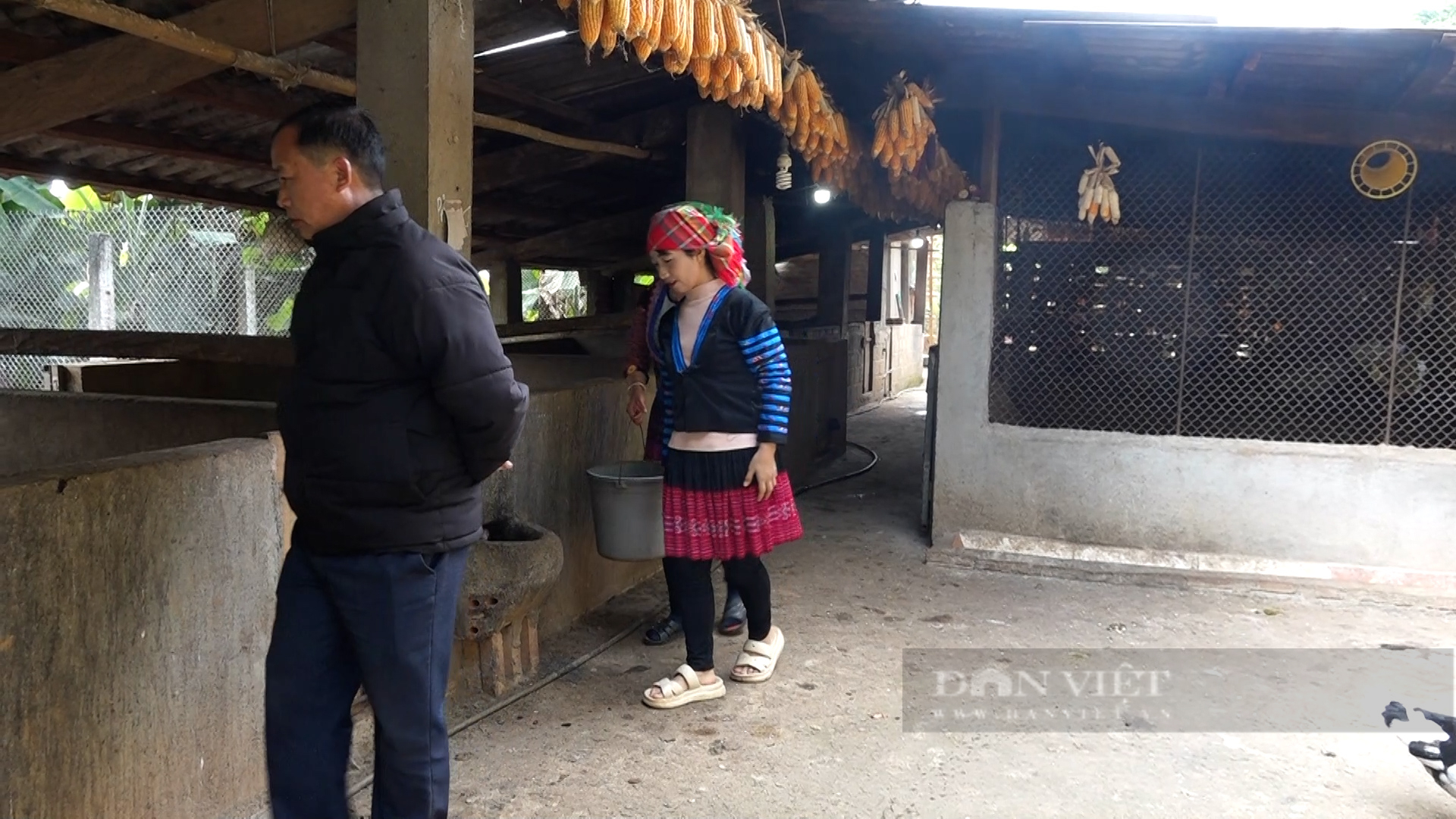
The model of raising indigenous black pigs - a specialty pig breed of Ms. Vang Thi La's family in Ho Bon commune (Mu Cang Chai district, Yen Bai province) brings high income, helping the family reduce poverty and become rich. Photo: PV
Thanks to her diligence in raising pigs, learning, and accumulating experience and knowledge from many sources, Ms. La's family's pigs are disease-free and growing well.
Up to now, every year, Ms. La's family sells 2-3 litters of pigs to traders, mainly piglets, of which 100% are native black pigs with prices ranging from 100,000 - 120,000 VND/kg.
There are good times when the price of black pigs and specialty pigs reaches 150,000 VND/kg, especially near Tet. In 2024 alone, her family sold 3 litters of piglets and more than 2 tons of pork with a total profit of nearly 400 million VND.
"My family raises only native black pigs, a breed of the Mong people. Because these pigs have been domesticated for a long time, they are easy to adapt to the highland climate, are rarely affected by diseases, are not picky about food, and are easy to sell because tourism is developing, traders order a lot, and sometimes there are no pigs to sell." Ms. Vang Thi La shared.
To maintain and develop a larger model, Ms. La's family has invested money to build a larger, more spacious barn system to ensure environmental hygiene.
In addition to the confinement area divided into many compartments, her family also designed a playground with a sturdy B40 mesh fence and planted more trees to create shade for the pigs to exercise and get some sunlight outdoors.
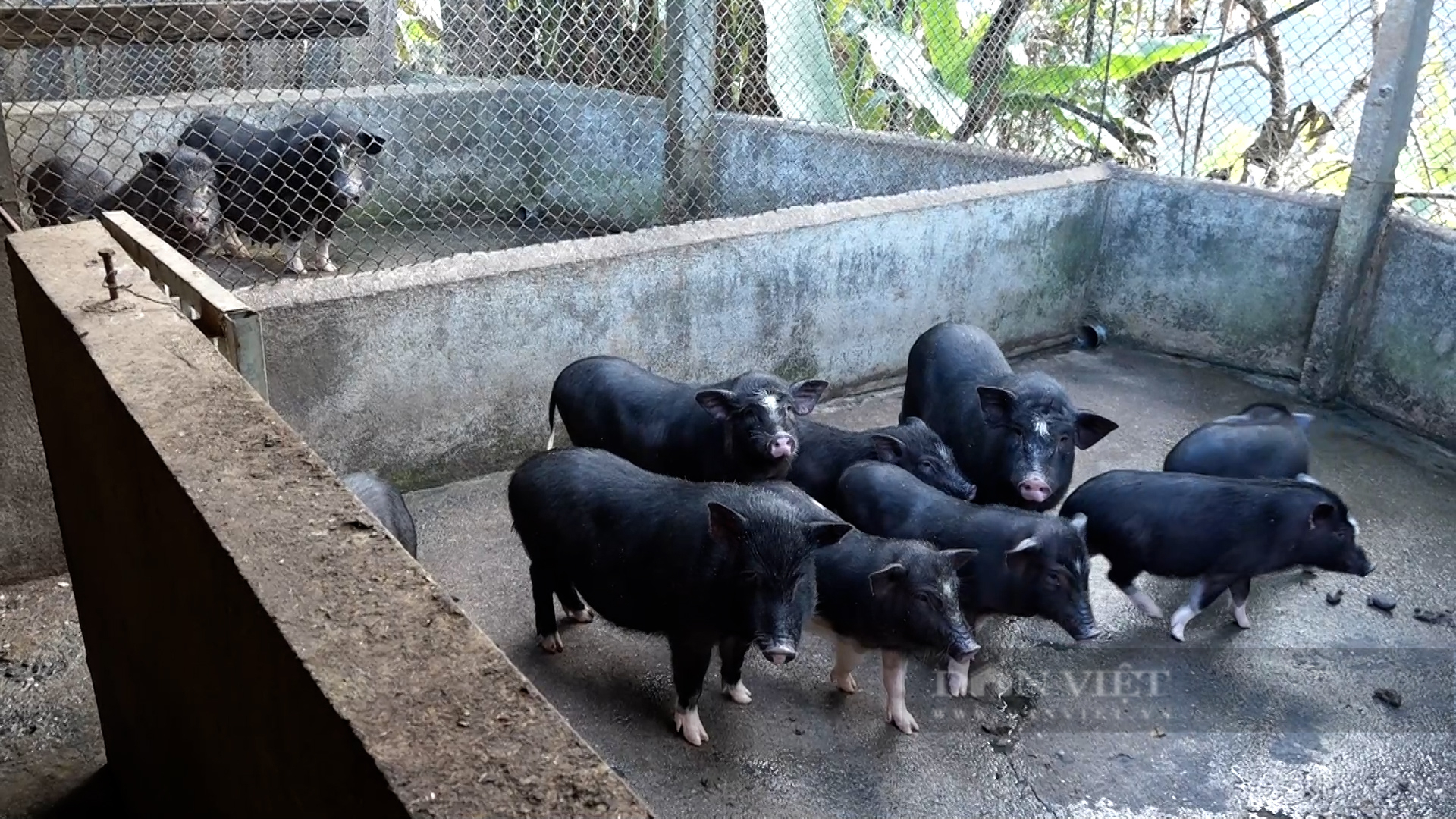
Ms. La has invested in a systematic system of barns, so pigs no longer have to roam freely like before. Photo: PV
The main food for pigs is made by Ms. La's family from corn, rice combined with bananas and cassava. All products are made by the family, so the quality of pork is always guaranteed to be fragrant and delicious, loved by many people, so it sells very well.
In addition to mainly raising native black pigs, Ms. La's family also grows more than 2 hectares of rice, nearly 3 hectares of corn fields, and various types of cassava with a total annual output of over 5 tons, both for daily life and as animal feed.
Thanks to changing the mindset about farming and raising animals, every year Ms. La's family has sold 2-3 litters of piglets, an average of 20-30 piglets and over 2 tons of pork, bringing in an income of 350-400 million VND.
"My family never uses industrial feed for livestock, because our family often slaughters livestock for food. Feeding them with industrial feed will not be fragrant and delicious.
Therefore, I only feed my pigs with corn, rice, and cassava grown at home. This is the only way to ensure my health as well as the health of the buyers and to maintain the brand of the pig's natural rump." - Ms. La added.

The feed for black pigs and specialty pigs are all natural agricultural products made by the family, processed by hand, so the pork products of Ms. La's family are very fragrant, delicious and loved by customers. Photo: PV.
Not only developing the economy for her family, recently, Ms. Vang Thi La has also shared her experiences with women in the village, especially supporting breeding animals so that women can escape poverty together.
With her creative and innovative approach, Ms. Vang Thi La's new direction has been widely replicated by the Women's Union of Ban Hang De Chu and the local government of Ho Bon commune for other women to learn and follow, to change women's awareness in economic development, hunger eradication, poverty reduction, and striving to become rich.
Ms. Giang Thi Cong, Head of the Women's Association of Hang De Chu village (Ho Bon commune, Mu Cang Chai district, Yen Bai province) said: "Currently, Hang De Chu village has many women who are doing very well in changing their thinking and working methods.
Like Ms. La's model, it is also a very effective way of raising livestock. Our association will continue to promote to women so that they can learn and know more about the indigenous pig raising model."
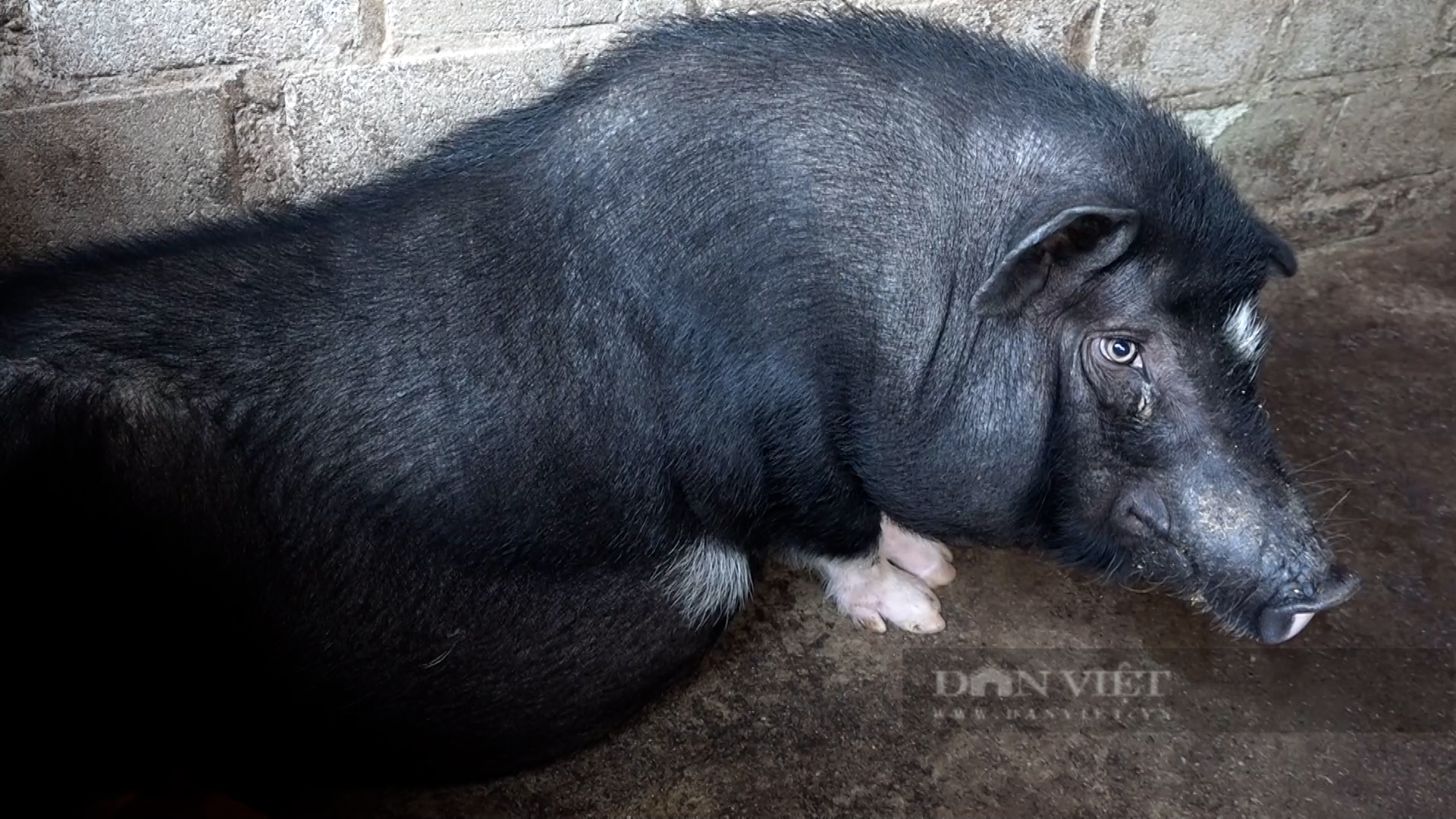
The indigenous black pig breed raised by hand has good meat quality and sells for a high price, helping people in the highlands to eliminate hunger, reduce poverty, and become rich. Photo: PV.
If in the past, Mong women only knew how to embroider, grow corn, and grow rice to serve their families, now they know how to change their thinking about economic development, raise livestock in the direction of commodities, and master many economic models that bring high income to their families to escape poverty and become rich.
Talking to reporters, Mr. Sung A Khang, Vice Chairman of the People's Committee of Ho Bon Commune (Mu Cang Chai District, Yen Bai Province) said that in the commune, there are many farming and livestock models that bring high economic efficiency owned by women such as sugarcane growing model, chayote growing model, brocade weaving model.
The most typical model is that of Ms. Vang Thi La in Hang De Chu village. The commune has a policy of promoting women to replicate these models in other villages to develop the economy and ensure income for the people.
Source: https://danviet.vn/nuoi-lon-dac-san-cho-an-kham-kho-mot-nong-dan-yen-bai-he-noi-ban-la-thuong-lai-khuan-di-het-20250310153102826.htm





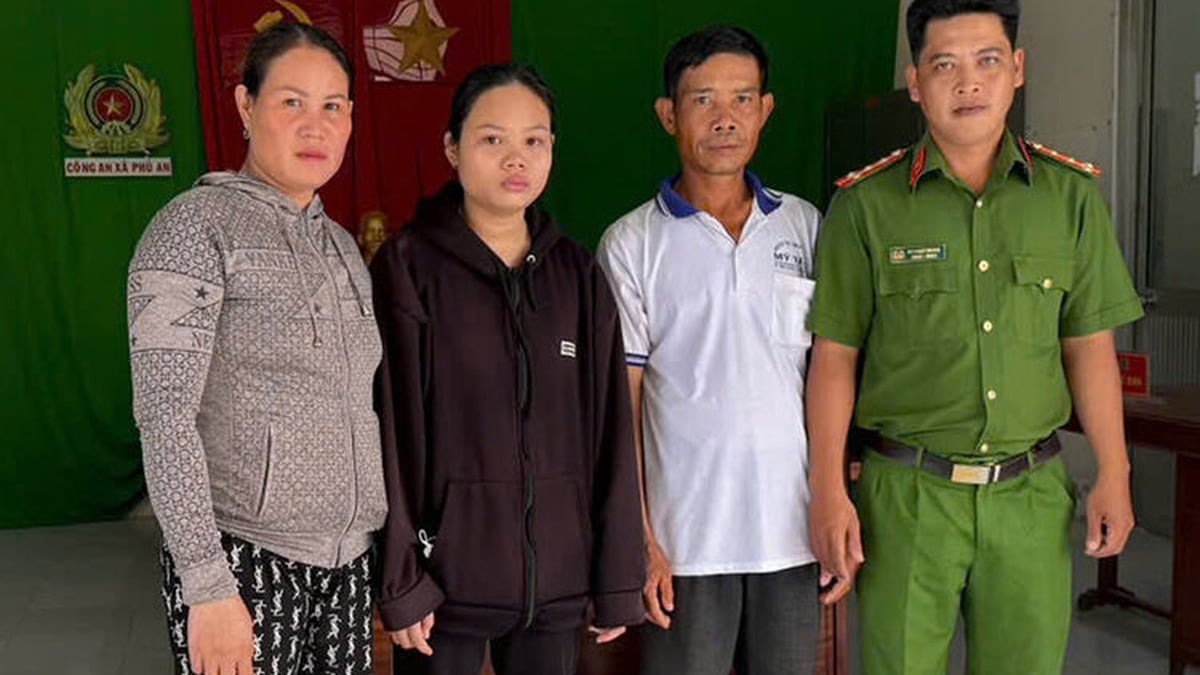
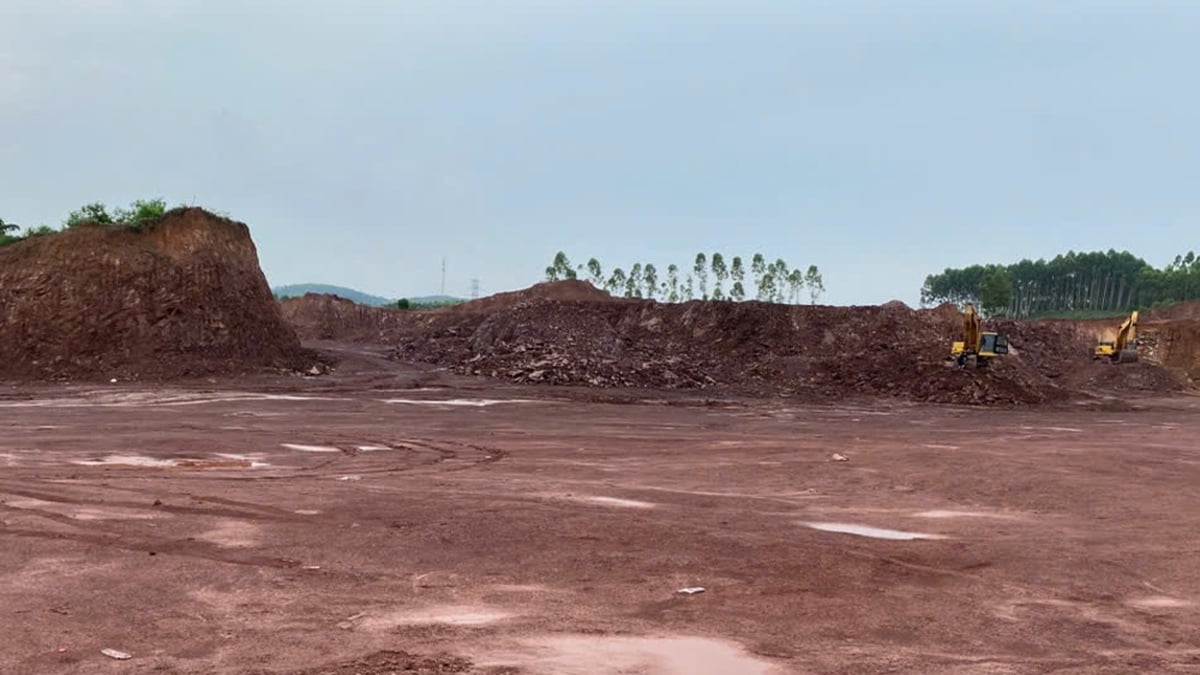




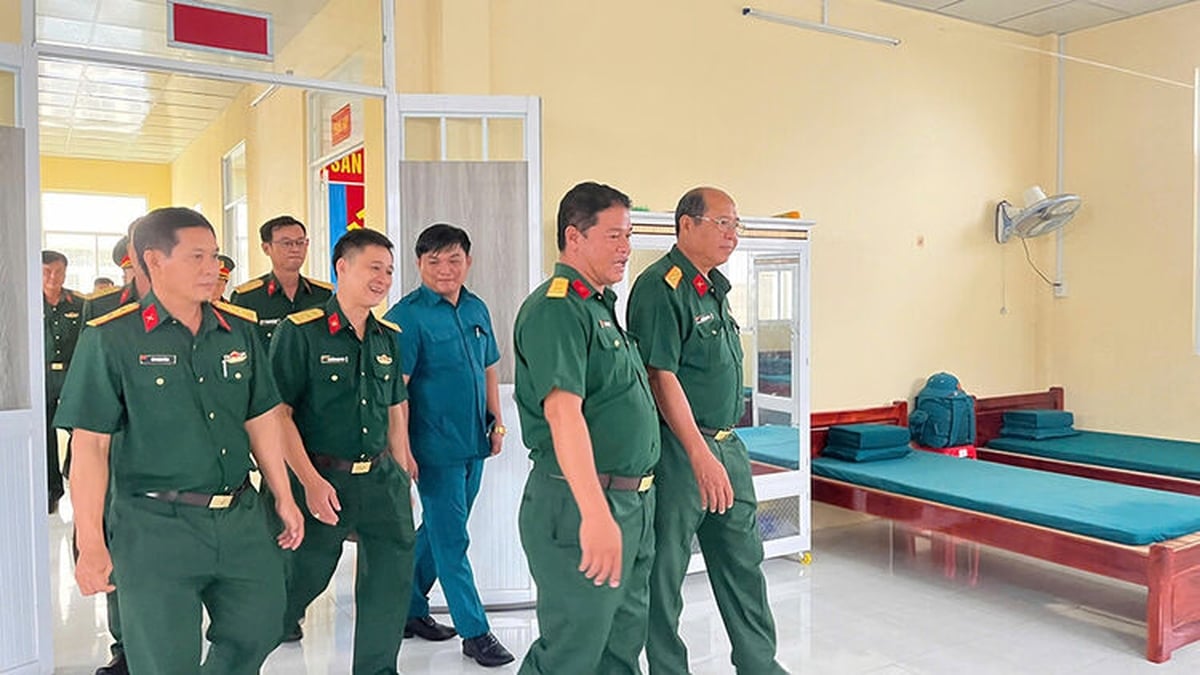




























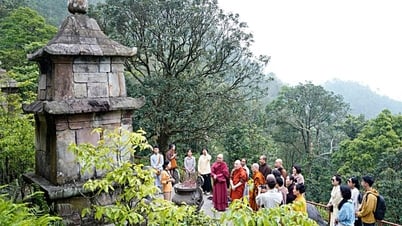





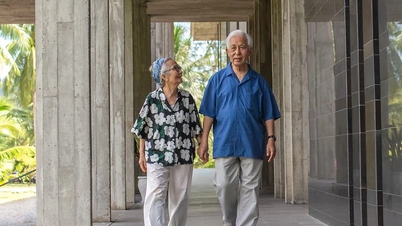

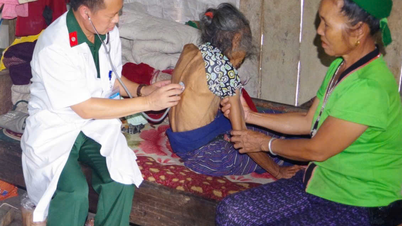








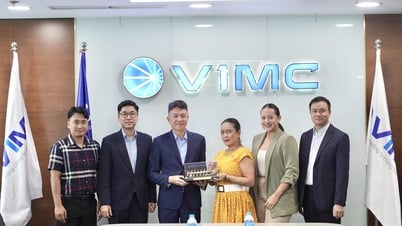






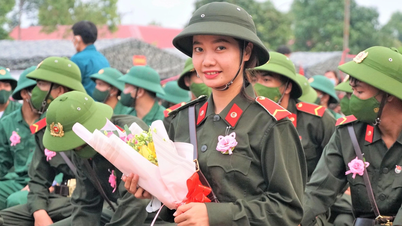






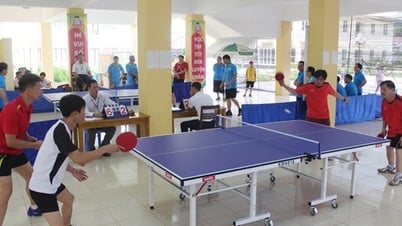



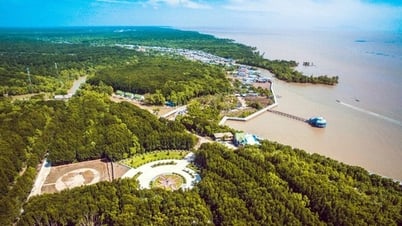
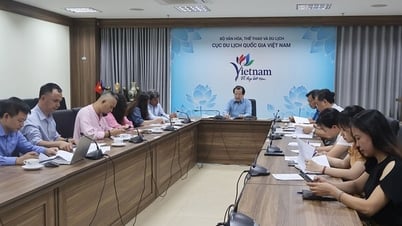

























Comment (0)